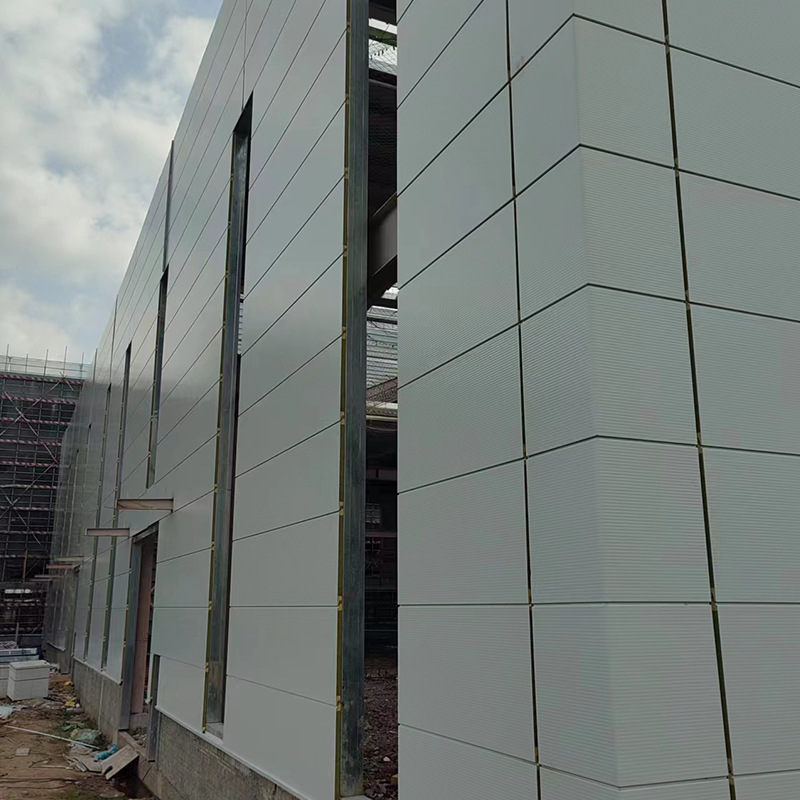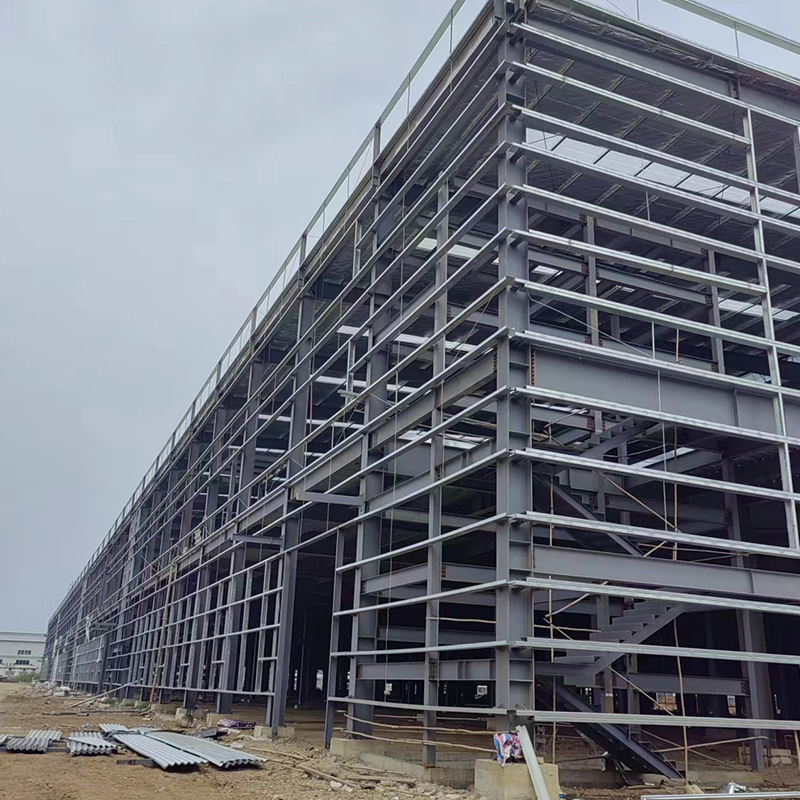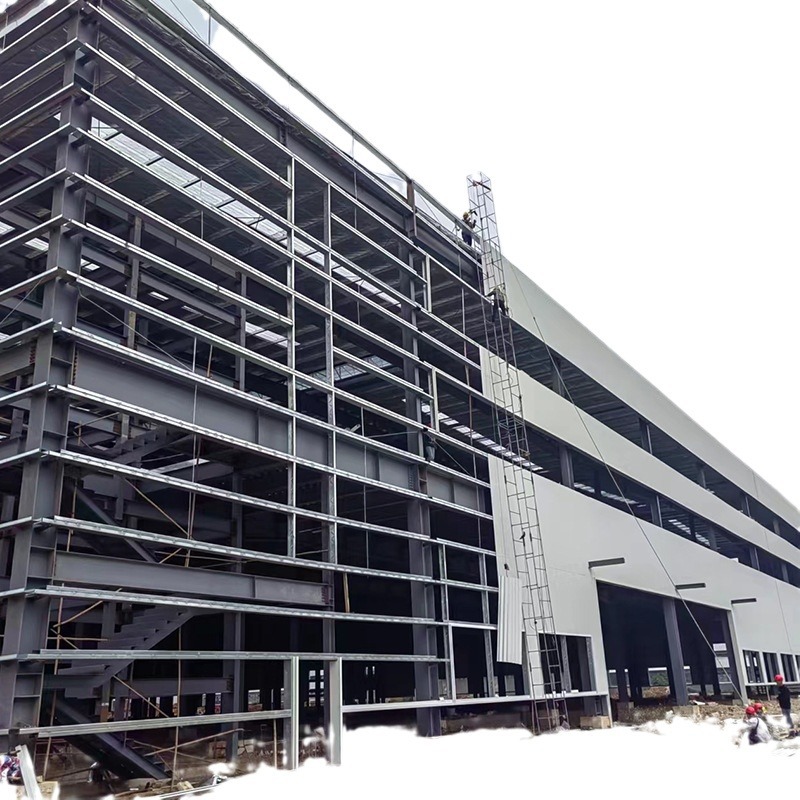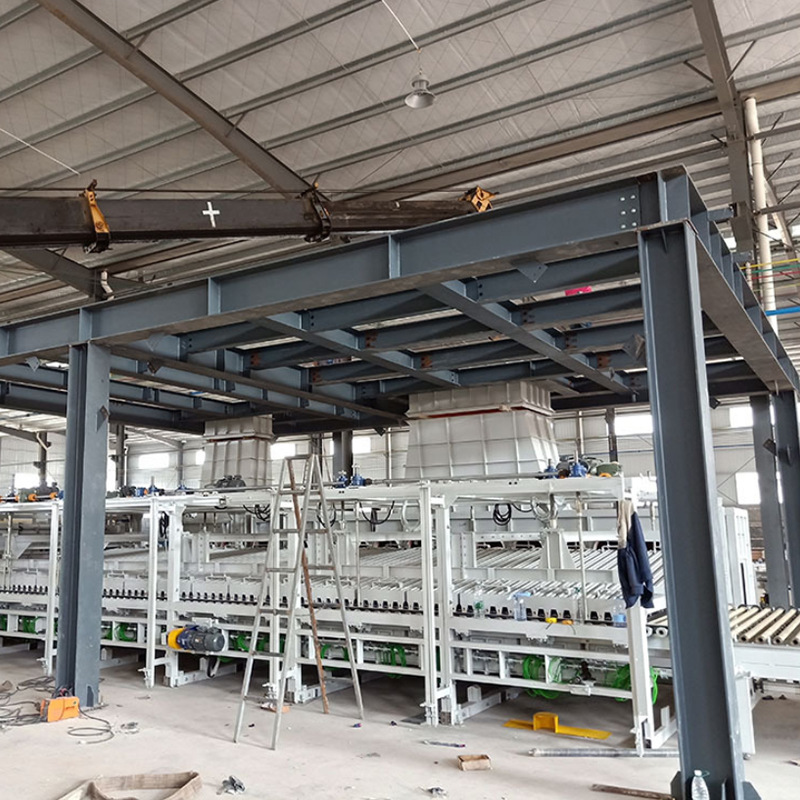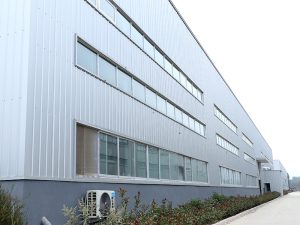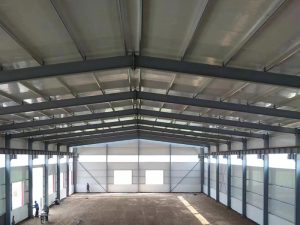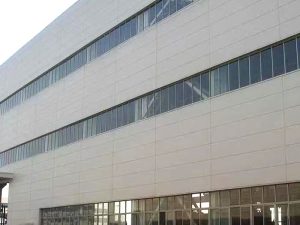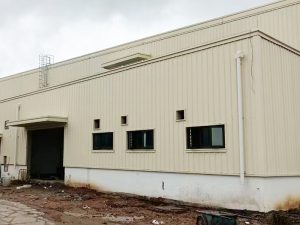Description
Key Benefits of Steel Structure Construction
- Unparalleled Strength and Durability:
- High Load-Bearing Capacity: Steel structures can support large loads without compromising on stability, making them ideal for multi-story buildings, bridges, and other heavy-duty applications.
- Longevity: Steel is resistant to many environmental factors such as termites, mold, and rot, ensuring that structures built with steel remain strong and functional for decades.
- Design Flexibility:
- Versatile Design Options: Steel structures offer greater flexibility in design, allowing architects to create unique and innovative building shapes. Whether it’s a sleek modern skyscraper or a complex industrial facility, steel can accommodate a wide range of architectural styles.
- Long Spans: Steel can span long distances without the need for interior columns, creating open, unobstructed spaces that are perfect for large venues like stadiums, airports, and exhibition halls.
- Speed and Efficiency in Construction:
- Prefabrication: Many steel components are prefabricated off-site, which speeds up the construction process. This not only reduces labor costs but also minimizes on-site disruptions, making it an efficient choice for urban environments.
- Ease of Assembly: Steel structures are relatively easy to assemble, thanks to their modular nature. Components are often bolted or welded together on-site, allowing for rapid construction even in challenging locations.
- Sustainability and Environmental Impact:
- Recyclability: Steel is one of the most recyclable materials in the world. Buildings made with steel can be deconstructed, and the steel can be reused or recycled, reducing the environmental impact of construction projects.
- Energy Efficiency: Steel structures can be designed to be energy-efficient, incorporating features such as high-performance insulation and glazing systems to reduce energy consumption.
- Safety and Resilience:
- Fire Resistance: Steel structures are highly resistant to fire, especially when treated with fireproof coatings. This makes them a safer option for buildings where fire risk is a concern.
- Seismic Performance: Steel’s flexibility and strength make it particularly effective in earthquake-prone areas, as it can absorb and dissipate energy without collapsing.
Applications of Steel Structure Construction
Steel structure construction is used in a wide range of applications, including:
- Commercial Buildings: High-rise offices, shopping centers, and hotels benefit from steel’s strength and flexibility.
- Industrial Facilities: Factories, warehouses, and storage facilities often rely on steel structures for their durability and large open spaces.
- Public Infrastructure: Bridges, airports, and stadiums use steel structures to achieve long spans and resilient performance.
- Residential Buildings: Steel is increasingly used in residential construction, particularly in urban areas where space and speed of construction are crucial.

